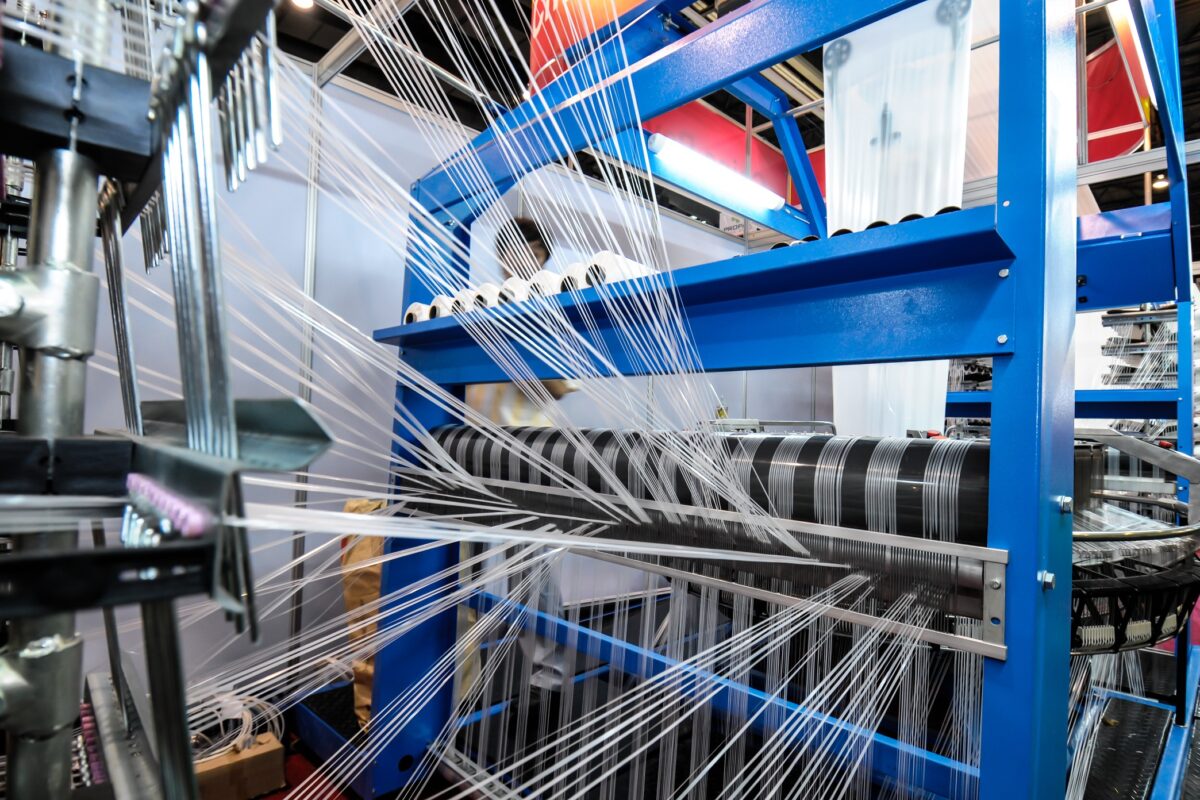In 2014, Vietnam's textile and garment sector saw a 16 per cent rise in the level of exports. While exporting garments is big business in Vietnam, investors should not ignore the growing opportunities to import products into the country and to take advantage of the growing consumer market there. In order to conduct import, export, and distribution activities in Vietnam, the best investment strategy tends to be to set up a trading company.
Generally, a trading company is inexpensive to establish and can be of great assistance to foreign investors by combining both sourcing and quality control activities with purchasing and export facilities, thus providing more control and quicker reaction times compared to sourcing purely while based overseas.
The strong predicted growth in the garment sector is the result of a number of free trade agreements that Vietnam is currently negotiating. Chief among these is the Trans Pacific Partnership, a US-led agreement involving 12 nations. Upon completion, the TPP trade area would comprise a region with $28 trillion in economic output, making up around 39 per cent of the world’s total output. If the TPP is successfully implemented, tariffs will be removed on almost $2 trillion in goods and services exchanged between the signatory countries.
Vietnam has also signed or is in the final stages of negotiations FTAs with South Korea, the European Union, and the customs union of Belarus, Kazakhstan, and Russia.
Vietnam's garment exports up 16 per cent
- 1
- 2
- 3
- 4
- 5
- 6
- 7
- 8
- 9
- 10
Threads of Labor and Steel: The human-machine ecosystem powering India’s textile…
India generates nearly eight million tonnes of textile waste every year, placing the country at the center of the global... Read more
Hanging by a Thread: US Tariffs cripple Indian textile exports, orders drop 70%
India’s textile and apparel industry is facing an unexpected mid-cycle rupture that is reshaping the sector’s economics far faster than... Read more
Sourcing's new compass, navigating apparel's great migration beyond Asia
The global apparel sourcing business is redefining the metrics of success beyond traditional labor costs. Led by geopolitical risks, consumer... Read more
No A-Grades for Climate: What the fossil-free fashion scorecard reveals about in…
For years, the global fashion industry has promised a cleaner, greener future but 2025’s Fossil-Free Fashion Scorecard by STAND.earth offers... Read more
Wired Threads: How India’s textile backbone is powering the smart apparel future
India’s huge textile industry, long celebrated for its command over cotton and competitive manufacturing scale, is going through a foundational... Read more
The New Core Competency: How sustainability and advanced fabrics are driving Ind…
The SportTech Pavilion at Techtextil India, hosted by Concepts N Strategies, concluded with a unanimous declaration: for India to successfully... Read more
New EU import rules set to raise prices for Shein and Temu, boosting European re…
Europe’s fashion and textile scenario is on the verge of its most consequential structural shift in over a decade. The... Read more
Global apparel trade rebalances in 2025 as Europe rises, Asia stumbles: Wazir Ad…
As the global apparel economy enters the final quarter of 2025, trade flows across major markets reveal a sector facing... Read more
Tariffs, turbulence and tenacity, India’s textile sector finds new strength
India’s textile and apparel export sector is showing a remarkable capacity to adapt and thrive in one of the most... Read more
Future Fiber Demand and the Chemical Recycling Imperative: Global industry eyes …
The global textile industry is entering a period of exponential growth and profound technological transformation, according to key figures speaking... Read more












